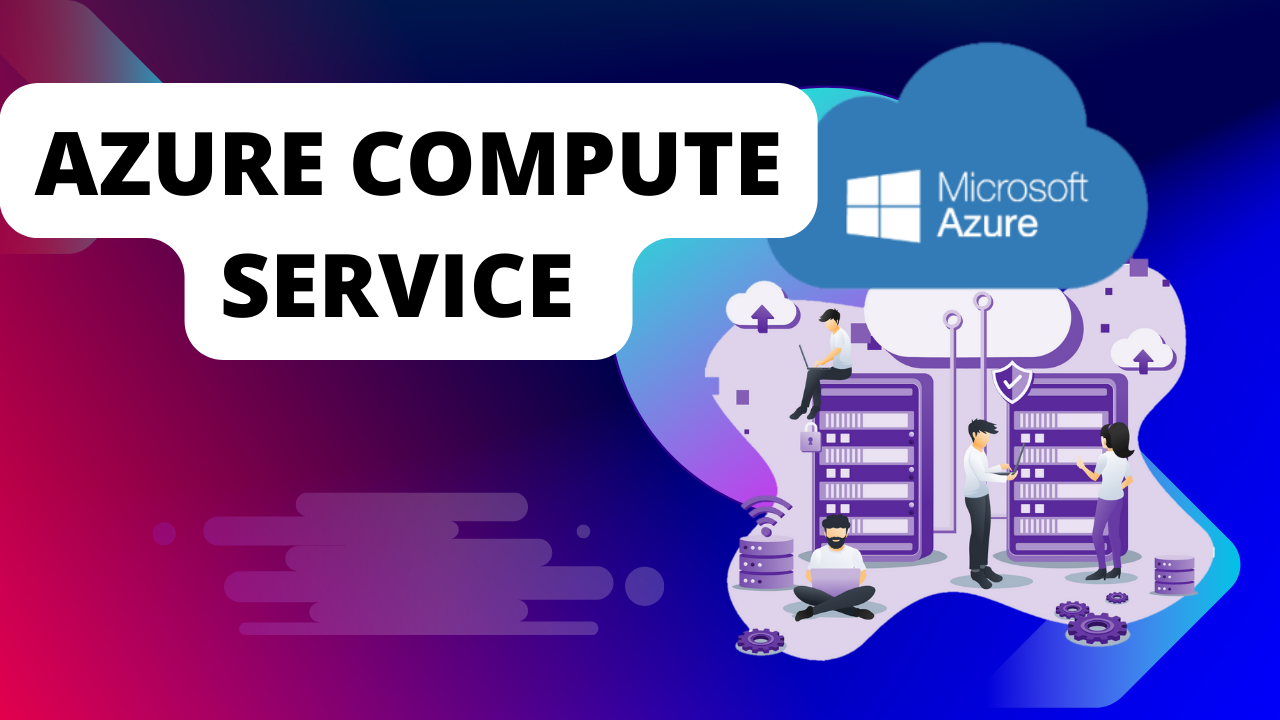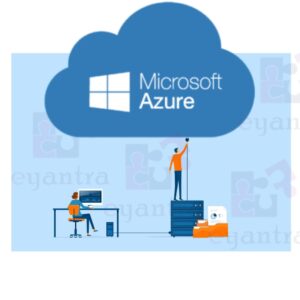Gauhati University Cloud Project
Case Study: Gauhati University Cloud Project
Digitizing Admissions with In-House Innovation and Microsoft Azure
Introduction
Gauhati University, located in Guwahati, Assam, is one of the oldest and most prestigious institutions in Northeast India. With thousands of applicants each year, the university faced mounting challenges in managing its admission process—particularly the viva voce (oral interview) component. To address this, Gauhati University launched a transformative digital initiative: the Gauhati University Cloud Project, powered by Microsoft Azure and developed entirely in-house.
The Challenge
The traditional admission process required students to travel to campus for viva sessions, often from remote and rural areas. This not only caused logistical strain but also led to delays, increased costs, and accessibility issues. While online application forms were already in use, the viva component remained a major hurdle. The university needed a comprehensive solution that could:
- Conduct viva sessions remotely and securely
- Handle the entire admission workflow digitally
- Be scalable, reliable, and accessible to all applicants
- Maintain academic standards and data integrity
The Solution
Gauhati University’s IT team developed a robust, cloud-based software platform hosted on Microsoft Azure. This in-house solution was designed to manage the entire admission process, including:
- Online application submission
- Document verification
- Automated scheduling of viva sessions
- Live online viva interviews via secure video conferencing
- Real-time evaluation and scoring
- Cloud storage of applicant data and interview recordings
The use of Microsoft Azure ensured high availability, security, and scalability, allowing the system to handle thousands of concurrent users without performance issues.
Implementation
The software was rolled out in phases, starting with pilot departments and expanding to all faculties. Faculty and administrative staff were trained to use the system, while students received detailed instructions and technical support. The platform was optimized for low-bandwidth environments to ensure inclusivity for applicants from underserved regions.
Impact
The results were immediate and impressive:
- Reduced Travel Burden: Students could participate in viva sessions from their homes, eliminating the need for long-distance travel.
- Improved Accessibility: Applicants from remote areas gained equal opportunity to attend interviews.
- Operational Efficiency: The university processed applications faster and with fewer resources.
- Enhanced Transparency: Digital records and evaluations improved accountability and reduced human error.
- Scalable Infrastructure: Microsoft Azure provided the backbone for seamless performance and data security.
Feedback from both students and faculty was overwhelmingly positive, with many praising the convenience, fairness, and professionalism of the new system.
Conclusion
The Gauhati University Cloud Project is a landmark example of how digital transformation can revolutionize higher education. By leveraging Microsoft Azure and developing a tailored in-house solution, the university not only solved a critical logistical challenge but also set a new standard for admissions in India. This initiative demonstrates the power of cloud technology and institutional innovation in creating more inclusive, efficient, and modern academic experiences.
















